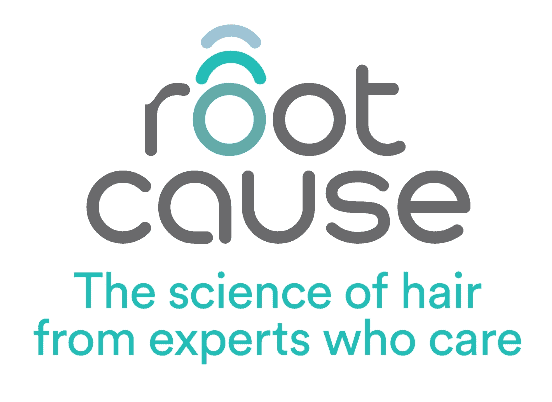SEBHORREIC DERMATITIS
Q: WHAT IS SEBHORREIC DERMATITIS?
Seborrhoeic dermatitis is chronic common form of inflammatory scalp irritation that affects areas of the body which are rich in sebaceous oils such as the scalp, chest, face and back.
‘Seborrheic’ means that the rash affects the greasy, or sebaceous, skin zones such as the face, scalp, centre of the chest and back. ‘Dermatitis’ means that the skin is inflamed and is red, itchy and flaky.
Dandruff of the scalp is also a form of seborrheic dermatitis on the scalp that has little or no inflammation.
KEY STATS:
Seborrheic dermatitis is a condition that can affect up to 5% of the world population.
Q: WHO GETS SEBHORRHEIC DERMATITIS? HOW DOES IT AFFECT WOMEN/ MEN? WHO IS AT MOST RISK?
Sebhorrheic dermatitis can affect all genders and ethnicities. However, it is more common in males and females. And most often seen in young adults and older adults.
Seborrheic dermatitis is very common among patients of darker skin types. Studies have shown that it is among the five most common diagnoses observed in black patients.
Some of the following factors can be associated with adults experiencing severe sebhorrheic dermatitis:
- A family history of separate dermatitis or psoriasis.
- Immunosuppressive medications.
- Treatment for psoriasis, such as PUVA therapy.
- Chronic stress.
Q: WHAT CAUSES SEBHORREIC DERMATITIS?
As with many chronic conditions, the underlying cause is not completely understood, however backgrounds such as hormone imbalance., fungal infections, or malnutrition and nutritional deficiencies are thought to be contributing factors.
Proliferation of the yeast/fungal family malassezia is believed to be a contributing factor for flare ups of SD.
Q: WHAT ARE THE PRESENTING SYMPTOMS?
Sebhorrheic dermatitis commonly effects the sebaceous oil rich areas of our body. Such as the eyebrows, ears, folds of the nose and scalp regions. As well as the centre of the chest and centre of the back.
The presenting symptoms often flare up in winter and can improve following exposure to sunlight or in summertime. Contributing features are a continual itching of the affected skin, with rash like areas and a dandruff flaking with a yellowy tinge to it. Sebhorrheic dermatitis can flare up through the scalp often the front hairline being most affected.
Q: HOW IS IT DIAGNOSED?
The diagnosis of seborrheic dermatitis is based on the affected areas of scalp appear, colouration of the scales/dandruff and the behaviour of the irritation and itching.
Q: WHAT IS THE PROGNOSIS?
Sebhorreic dermatitis is a chronic condition which is difficult to cure but it can be managed using long term and effective treatment regimes.
Q: WHAT TYPES OF TREATMENT IS AVAILABLE?
Sebhorreic Dermatitis can be controlled using general measures such as regular shampooing to clarify the scalp, eating plenty of fruit which helps reduce the onset of SD flare ups.
Specific measures can be use of non-pharmaceutical anti-fungal/ bacterial shampoos and lotions and ketoconazole shampoo products.
In more serious cases prescriptive topical steroid and antibacterials can be administered to reduce the flare ups.
JANUARY 2024
